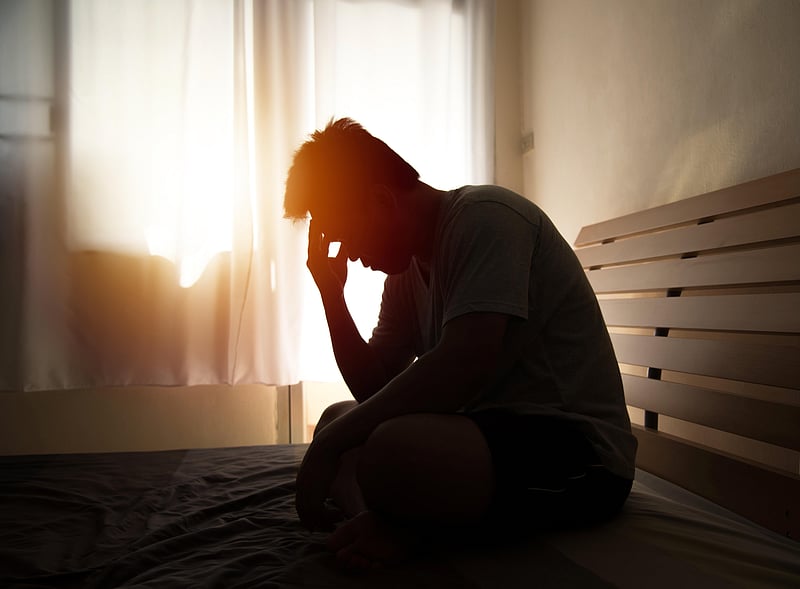Get Healthy!

- Posted May 15, 2023
Study Shows Season, Time of Day When Suicidal Thoughts Most Likely
While people might assume suicide is more common in the darker months of winter, it actually peaks in spring and early summer.
Researchers investigating what's happening have found that suicidal thoughts peak in December but then take a few months to reach a "tipping point."People are also most vulnerable to ending their lives between 4 and 5 a.m., according to a new study.
"It is well documented that winter is the time when people with mental health problems may struggle with worsening mood and depression. Indeed, seasonal affective disorder is a recognized issue related to the change in season that affects many people's mental health,"said study co-author Brian O'Shea. He is an associate professor of psychology at the University of Nottingham in the United Kingdom.
It may seem surprising that spring, when someone might assume people's moods lift, is actually a time of greatest risk, he said in a university news release.
"The reasons for this are complex, but our research shows that suicidal thoughts and mood are the worst in December and the best in June," O'Shea said.
"Between these two points, there is a heightened risk of suicidal behavior, and we feel this is occurring because the gradual improvements in their mood and energy may enable them to plan and engage in a suicide attempt,"he explained.
For the study, more than 10,000 people in the United States, Canada and the United Kingdom completed questionnaires and tasks about their moods and thoughts around suicide and self-harm over a six-year period.
The researchers created online tasks to examine explicit and implicit self-harm thoughts, using direct questions about mood, suicide and self-harm. Among the tasks, participants were asked to sort words relating to the self in real-time using death and life words.
Respondents were divided into three groups: those who had previously attempted suicide; those who had suicidal thoughts or non-suicidal self-injury; and those with no previous self-harm, suicidal thoughts or behaviors.
Over the six years, the investigators found a general increase in thoughts of self-harm. The season had an impact on mood and the desire to die, especially in those who had previously attempted suicide, the findings showed.
Explicit suicidal thoughts peaked in December, while implicit (or unconscious) self-harm associations peaked in February. Both preceded the peak of suicidal behavior in spring and early summer.
"This study is the first to look at temporal trends around mood and self-harm thoughts on such a large scale, and really pinpoints times when intervention could be most beneficial,"O'Shea said.
The study findings were published online May 12 in Translational Psychiatry.
More information
The U.S. Centers for Disease Control and Prevention has more on suicide.
SOURCE: University of Nottingham, news release, May 11, 2023



